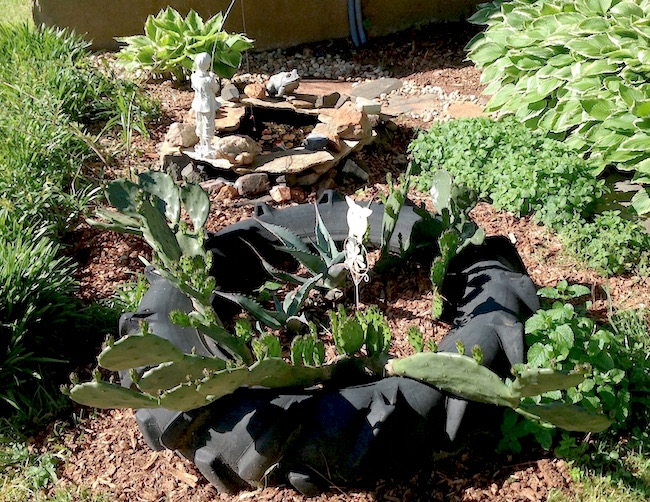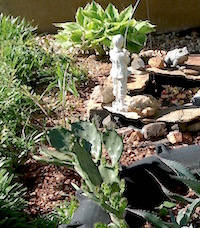Late summer is an excellent time to plan landscape renovations. If you establish plans now, then you will be ready to take advantage of fall, the best time to plant.
Many Georgia Master Gardener Extension Volunteer Program groups across the state hold fall plant sales now. Before you hit your first sale, there are a few things to consider.
Know where you want to install new plants. Does the site have full sun, lots of shade or a little of both? Are there places in your landscape that hold water? Is there a spot where plants don’t seem to grow well? These are very important questions to answer before you purchase new plants.
Consider what plants need and tolerate in the landscape. Some plants that require full sun will struggle in shade. Other plants might be able to tolerate wet conditions. There are a few plants that are robust enough to handle varied soil conditions.
Regardless of site conditions, you must also consider the size of the mature plant. The potential for disease increases if plants are placed too close together. If plants near your house grow too tall, they may damage the overhang.
Curves can make your landscape beds more attractive and allow the eye to follow your plantings across the landscape. Use a water hose to easily lay out landscape beds. The hose will allow you to adjust curves as necessary so you can get everything just right before putting your shovel to the soil.
When you are laying out the curves, think about maintenance of turfgrass areas. Do not use tight or small curves that will become difficult to mow. Keep the curves sweeping and broad to make mowing around the beds easy. You can also add a 3-D element to your beds by adding topsoil and organic matter to create a mound that is 8 to 10 inches high.
Grouping plants in odd numbers better displays your plants. It is also easier to determine the placement of a group of plants rather than a single one. Obviously, place larger plants in the back of the bed and shorter ones in the front. This moves the eye over the bed and makes the design seem richer and more cheerful.
Consider plant texture. When designing or renovating your landscape, be aware of whether you buy plants with coarse or fine leaves or trees with smooth or scaling bark. Plant texture provides depth and creates interest at different times of the year, especially in the winter.
Use colors to control the space. Warm colors attract the eye and fool you into thinking they are much closer. Use warm colors to make a large garden feel smaller and more intimate. Cool colors reduce the space so that plants seem more distant and a small area can seem larger.
Consider these tips from University of Georgia Cooperative Extension before you add new plants to your landscape this fall. For more help, browse landscape-related UGA Extension publications at extension.uga.edu/publications.








